From Fads to Favorites: The Illusion of Trends in Craft Beer
Summer is upon us after a jarring first half of 2025 that has left the brewing industry in more uncertain terms than ever before, looking to the next half with a perspicacious eye. The sheer volume of the unknown with global politics is not helped by a 4% segment drop in 2024, according to statistics put out by the Brewers Association. Instead of trying to peer into a crystal ball, let’s discuss something that is somewhat more tangible: the psychological trap that brewers, consumers, and industry experts fall into, known as the End of History Illusion.
This is the idea that while people recognize how much they’ve grown and changed in the past, they tend to underestimate how much they will evolve in the future. In other words, we see our current preferences, beliefs, and trends as more static and enduring than they actually are, despite history’s example. Think about your favorite beer right now. What if it tastes as outdated in a few years as a pumpkin spice latte in July?
In the brewing context, this bias leads us to believe that popular beer styles, market trends, and consumer preferences represent the pinnacle of evolution, with little room for change despite centuries of evidence to the contrary.
From the dominance of traditional ales and lagers to the momentary spikes in popularity of hoppy IPAs, sours, experimental hybrids, and non-alcoholic options, brewing has always reflected the moment’s cultural, technological, and sensory zeitgeist.
“People often assume that the trends they see now—Hazy IPAs or hard seltzers—are here to stay indefinitely,” says Jen Blair, Master Cicerone. “But every major trend once started as a fringe idea, and those ideas will keep changing as new voices and perspectives shape the market.”
Understanding and anticipating these shifts is critical to meeting consumers’ tastes. We have seen this exemplified in breweries that focused on one particular beer style, then having to close their doors or being forced to diversify, while others doubled down and flourished in a rising trend. The mindset ignores the dynamic and innovative nature that is the essence of the brewing world. Is there a way to know which path to take?
“You forecast not to predict the future, but to understand when the trends are changing, and the future you predicted is going off course, said Bart Watson, CEO of the Brewers Association. “Anyone who thinks that trends will follow a straight line forever has missed the lessons of history, where that never happens. There’s always something different.”
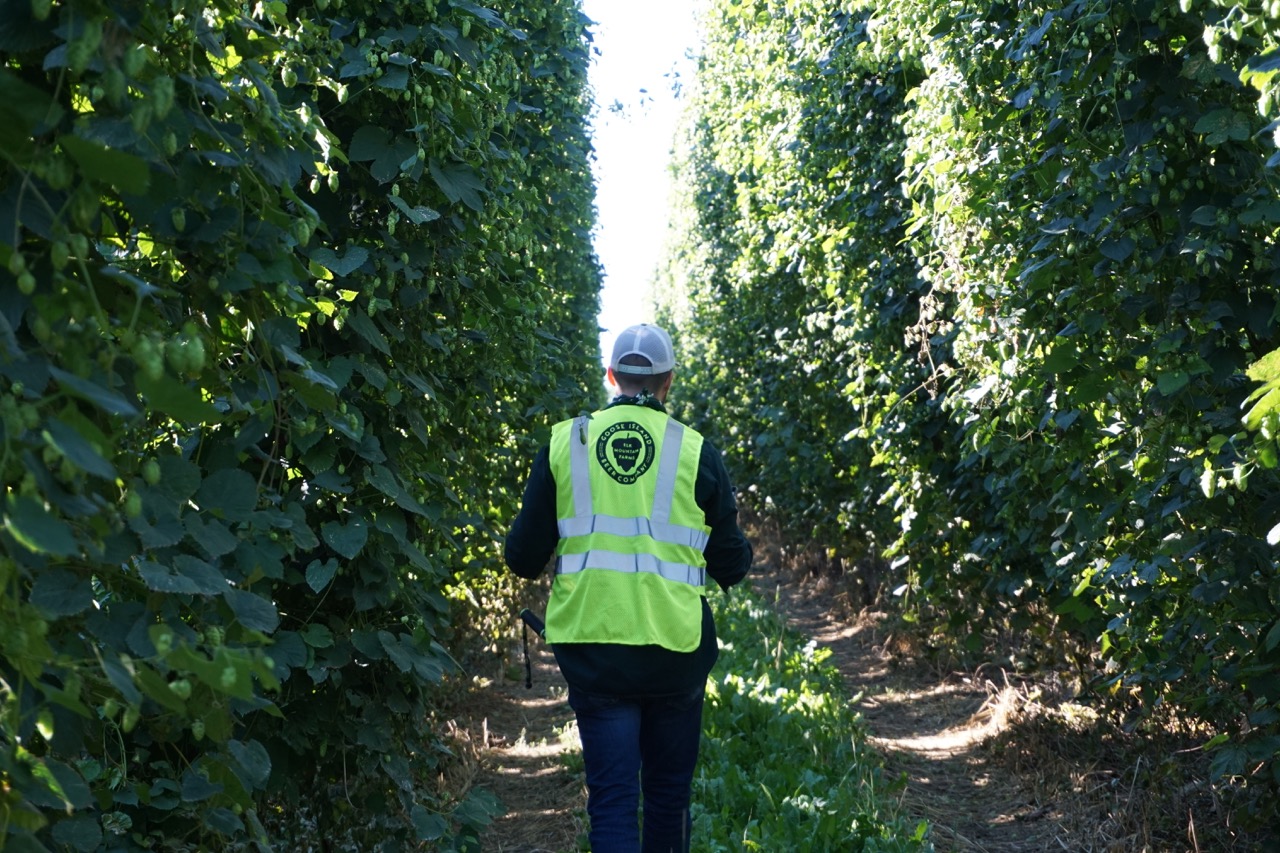
Market Projections and Change
The brewing industry has always been shaped by evolving consumer preferences, cultural shifts, and technological advancements. However, this has also made it difficult to forecast future trends, falling victim to the End of History Illusion and underestimating the scale of transformation that would be experienced. Historical predictions, current projections, and expert insights show how this cognitive bias has influenced multiple business decisions. Some outstanding examples:
- Craft Beer Growth: A few decades ago, the dominance of macro brewers led many to believe craft beer would be a niche market. However, as more garage doors opened, homebrewers realized they could do something with their hobby, and consumers embraced a wider diversity of flavors in beer, craft beer exploded in popularity, fundamentally reshaping the industry and capturing a significant market share.
- IPA Saturation: Prediction of IPA fatigue in the mind-2010s seems rather hopped up as the style diversified into new subcategories, the most dominant being the hazy, maintaining consumer interest and growth.
- The Rise and Fall of Sours: Considered perhaps too esoteric or polarizing for mainstream appeal, sour beers became a popular category. Multiple breweries focused only on them, some to their detriment. However, kettle sours and wild ales are now commonplace on most tap lists.
- Globalization’s Influence: The growing influence of international styles, like Japan’s lagers or Belgium’s farmhouse ales, was overlooked in earlier forecasts but has since become a key part of the global beer scene.
Many predictions were inaccurate, underestimating the adaptability of brewers and the evolving palate of consumers, underscoring the role of the End of History Illusion in shaping overly cautious or linear forecasts. The present discussions have shifted into new dominant themes:
- Sustainability: Climate change and environmental consciousness are at the forefront. Breweries are exploring ways to minimize their carbon footprints, reduce water usage, and embrace renewable energy, efforts that garner praise from peers and consumers, directly impacting the bottom line.
- Low-Alcohol Options: Consumers are shifting towards health and wellness, looking to have a comparable experience to drinking with friends but without the buzz. The demand for non-alcoholic and low-alcohol beers has grown significantly post-COVID, with no slowing down anticipated.
- Cultural Shifts: The increasing demand for inclusivity and representation in beer culture is reshaping marketing strategies, beer descriptions, and product development.
Despite looking forward, the End of History Illusion can lead to underestimating the potential for radical changes. Sustainability efforts are underway, but regulatory or technological disruptions may hinder changes. The rise of no/low-alcohol and functional beverages might not just be a market share, but instead could redefine the market.
“Breweries that do it best are leaning into what’s working now while keeping a piece of innovation alive, so they have new offerings ready for growth,” says Watson. “It’s about balance—leaning into the current but preparing for the next shift.”
We can only expect incremental progress because we cannot imagine the dramatic shifts that would challenge the status quo.
Non-Alcoholic Beer and Evolution
Non-alcoholic beer is having a moment. It has had one of the most significant transformations in the brewing industry that could hardly have been fathomed a decade ago. Dismissed as bland or irrelevant, non-alcoholic beer has become a thriving category with a diverse range of high-quality products that continue to meet the evolving needs of modern consumers. This rise highlights how the End of History Illusion can limit our ability to anticipate the scale of future change.
Advances in equipment have created the opportunity for higher quality and a wider variety of styles that rival their alcoholic counterparts. “The technology has just gone through the roof, and the products have gotten substantially closer to what beer flavor is,” said Lindsey Barr of DraughtLab.
The category is now considered a choice rather than a compromise, with several health benefits that can be spun by marketing to ride trends in health, mindfulness, and inclusivity. The success of non-alcoholic beer is a lesson in the risks of the End of History Illusion and the assumption that current preferences persist, which can limit innovation and overlook opportunities for growth in adjacent categories.
“The non-alcoholic category has so much room for growth. We’ve only scratched the surface of what’s possible, especially as more people become educated about the benefits and options available in the NA and AF (alcohol-free) space,” said Keith Villa, founder of Ceria Brewing.
Functional beverages- adjacent products infused with vitamins, adaptogens, or other health-focused ingredients- represent an untapped frontier. We also don’t know how far we can go with non-alcoholics or even if they are a boundary in brewing, making innovation necessary for evolution.
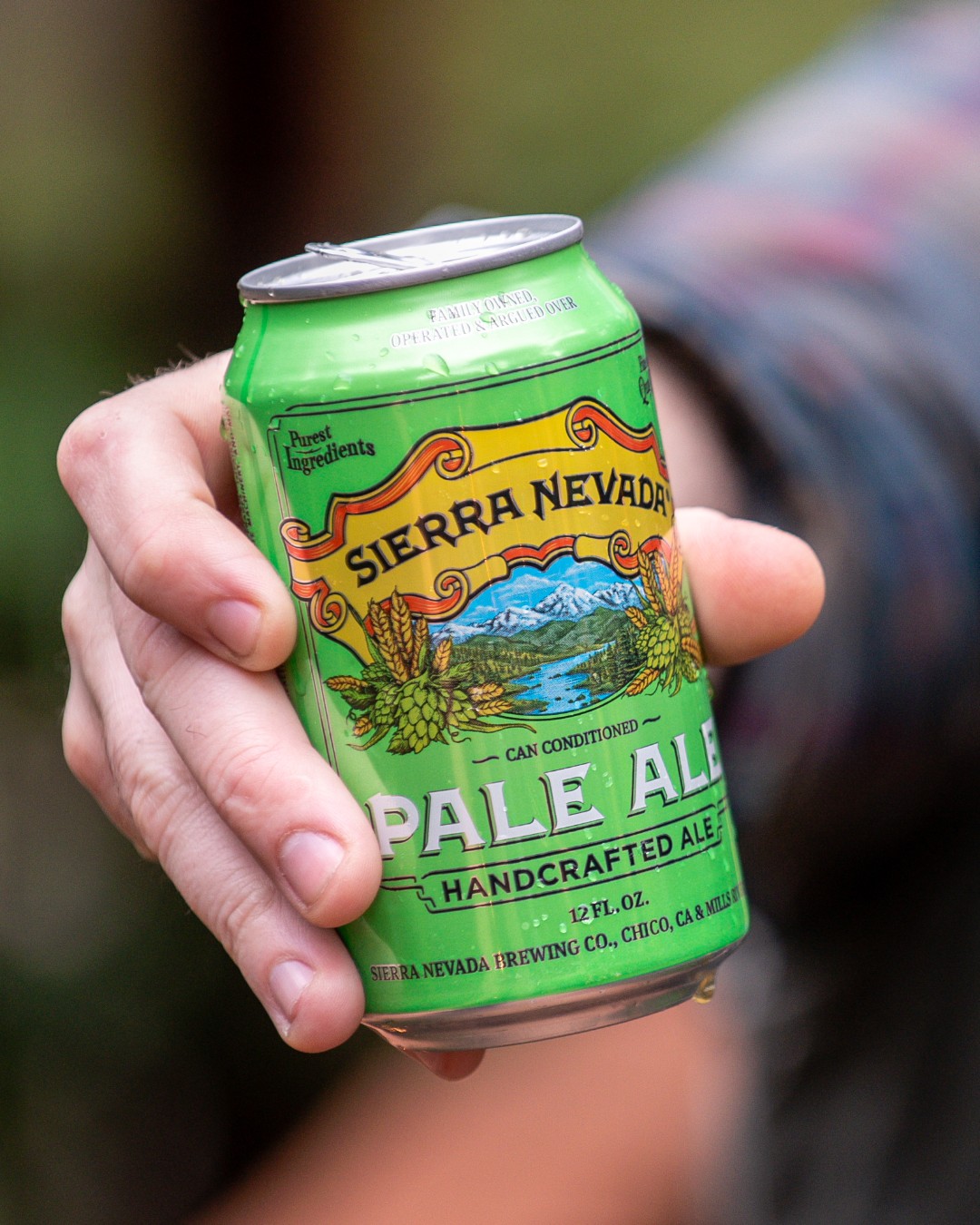
Beer Style Lexicon and Evolution
Beer styles serve as a framework for understanding and appreciating the breadth of variety in brewing, but how we define and categorize these styles is not as static as it used to be. Sierra Nevada’s Pale Ale has long been considered an example of a “traditional” style beer. However, despite its recipe remaining the same for the better part of its 40-year history, its place within the constructs of craft beer’s style guidelines continues to evolve. This evidence was most notably visible at this year’s 2025 World Beer Cup when it earned a gold medal in the Extra Special Bitter category. The lexicon of beer continues to expand, challenging the rise of hybrid styles and the creativity of brewers. The End of History Illusion influences how brewers, consumers, and industry leaders perceive these stylistic shifts, often leading to resistance against new definitions and terminology.
The innovation driving new beer styles has created tension between traditionalists and those who are embracing change and meeting consumer demand. Hazy IPAs were once dismissed as “lazy brewing.” Pastry stouts and smoothie sours broke every rule. Ever had a beer slushie?
“Old habits are hard to change, but when consumers are offered something easy to understand and genuinely good, they’re often willing to try it. The brewing industry must always balance tradition with innovation to remain relevant,” says Villa.
The market continues to be dynamic, with new consumers being introduced daily and using verbiage reflecting their lived experiences of different cultural foods and climates.
“Sensory language isn’t static—it’s shaped by culture, experience, and exposure. If we keep the lexicon rigid, we risk alienating new communities and missing opportunities to evolve the way we talk about beer,” said Blair.
One person’s “orange” may be another’s “mango,” but this isn’t reflected in lexicon changes, even though beer styles and consumers have changed.
“The more diverse language we have, the better in some ways. But for sensory panels, it’s critical to get alignment on what everyone is talking about to translate feedback into actionable product development decisions,” explained Barr.
The End of History Illusion reflects on how beer’s identity is not fixed and defined by the drinkers, regardless of pushes for standardization, celebrating the richness of beer’s future while not forgetting the journey here.
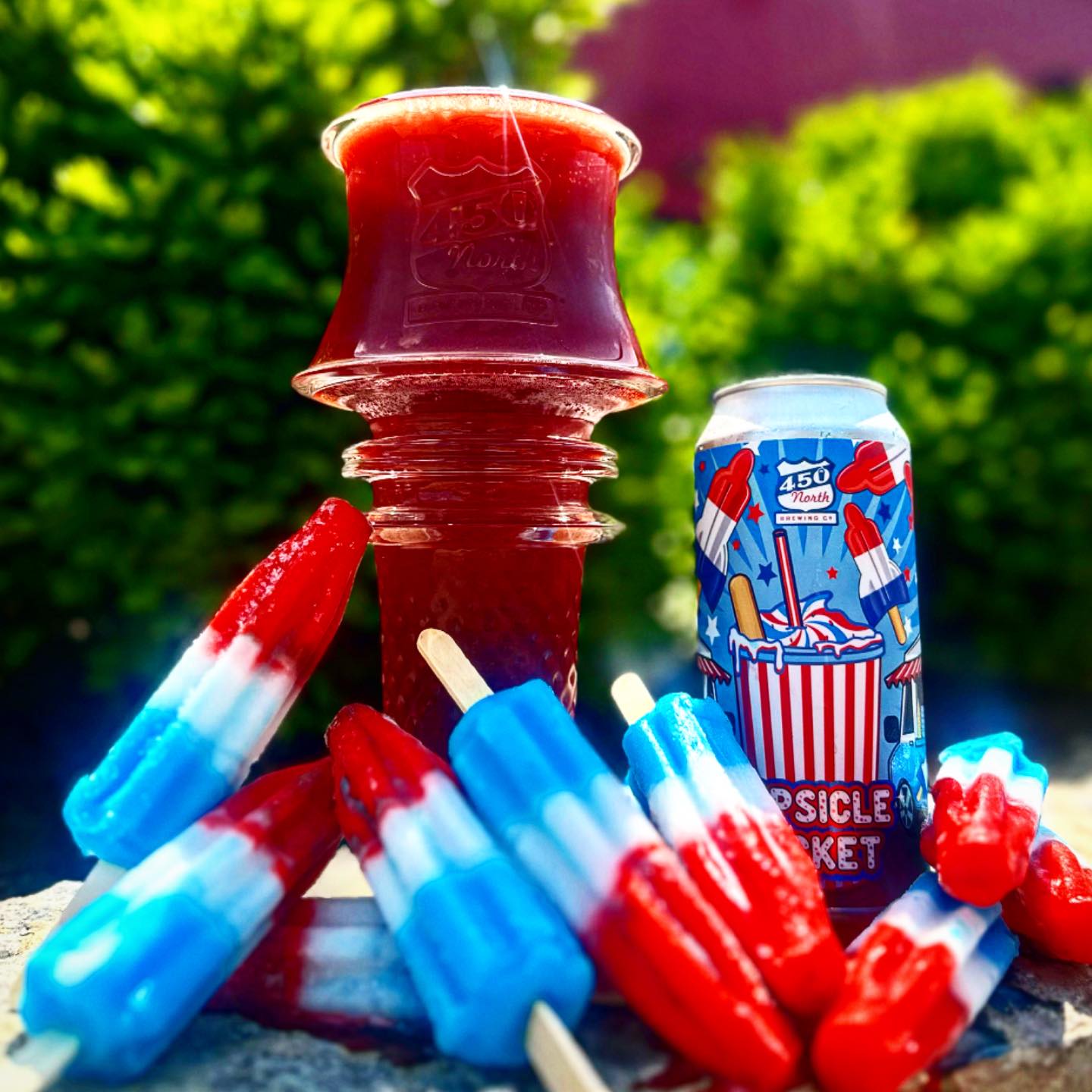
Learning from History and Resilience
Brewing history is punctuated with innovations initially met with skepticism, only to become mainstays of the industry. An example of this is the inclusion of hops, which continue to be a source of inspiration and innovation centuries later, as reflected in some brewing trends:
- Hoppy IPAs: When craft beer began emphasizing hops, some critics claimed the beers were too bitter and unapproachable for the average consumer. If that Extra Special Bitter isn’t moving, all it takes is a rebrand with “pale ale” or “hoppy” to sell out quickly!
- Canned beer: Why drink beer from a can when it is so much better on draught or in a bottle?! Once a symbol of macro and mediocrity, canned beer is now the preferred method for sustainability, portability, and freshness.
- Fruit/food additions: While adding fruit or other adjuncts like Oreos, cake, and even Rocky Mountain oysters was once seen as gimmicky, it is now celebrated for its creativity and fun, from sours to IPAs to stouts.
These trends have shattered our understanding of what is possible in beer. Suppose we consider the skepticism they were met with, mirroring the resistance to emerging trends. In that case, we can give more opportunity and credence to the possibilities in non-alcoholic and functional beverages.
“The rise of seltzer and the broader fourth category—beverages that look like beer but aren’t—was a surprise in how quickly it grew and how large it became, notes Watson. “It’s a reminder that new trends can come out of nowhere and reshape the landscape faster than we anticipate.”
We can break from the restrictions of the End of History Illusion by acknowledging the biases that hold us back. In that case, we can create a culture of innovation that allows beer to continue surprising consumers and remaining relevant to emerging audiences.

Breaking the Illusion
The brewing industry is a living testament to the inevitability of change. From establishing our baseline ingredients and historical styles, to the rise of craft beer, evolving beer style lexicon, to the emergence of non-alcoholic options, history shows us that innovation and adaptability are essential for a brewery’s success. Yet, the End of History Illusion often constrains our perceptions, giving us a bias against trends and stifling the possibility that fermentation can be more.
In celebrating change and remaining open to the unknown, brewers can push boundaries, explore new beverages, and embrace the sustainability of their brands.
“When I launched Blue Moon, many industry people thought ‘microbrewed’ beers were a trend, said Villa. “They believed the majority of the market would remain mainstream lagers and imports. That mindset underestimated how much consumer preferences could evolve.”
Consumers have a role to play in engaging with education on beer’s diverse and dynamic nature, creating a larger community that values growth, experimentation, and inclusivity.
The End of History Illusion reminds us that while the present may feel static, the future of beer is anything but.
“Every generation redefines beer in its own way. Our job isn’t to cling to what’s comfortable, but to create space for new styles, flavors, and perspectives to thrive,” notes Blair.
By learning from the past, embracing uncertainty, and celebrating evolution like a pale ale winning a medal in ESB, the brewing industry can continue to thrive for future generations to come.


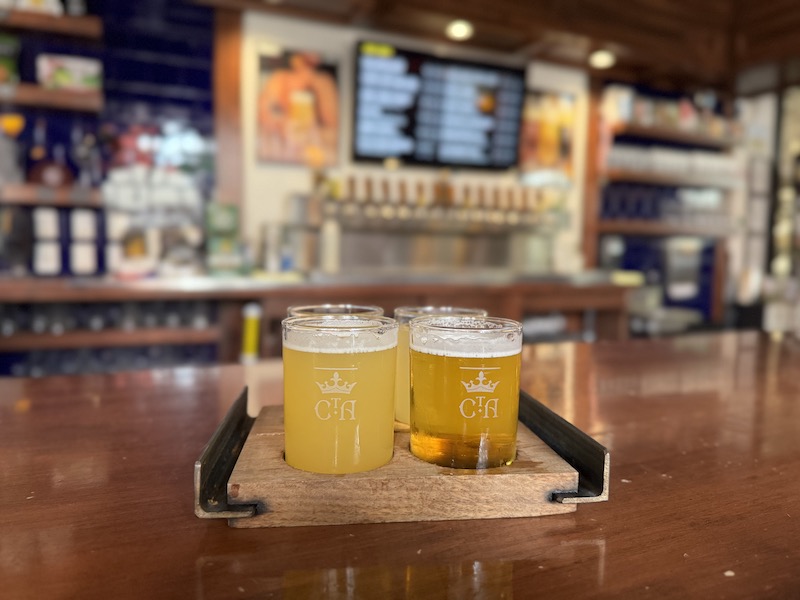
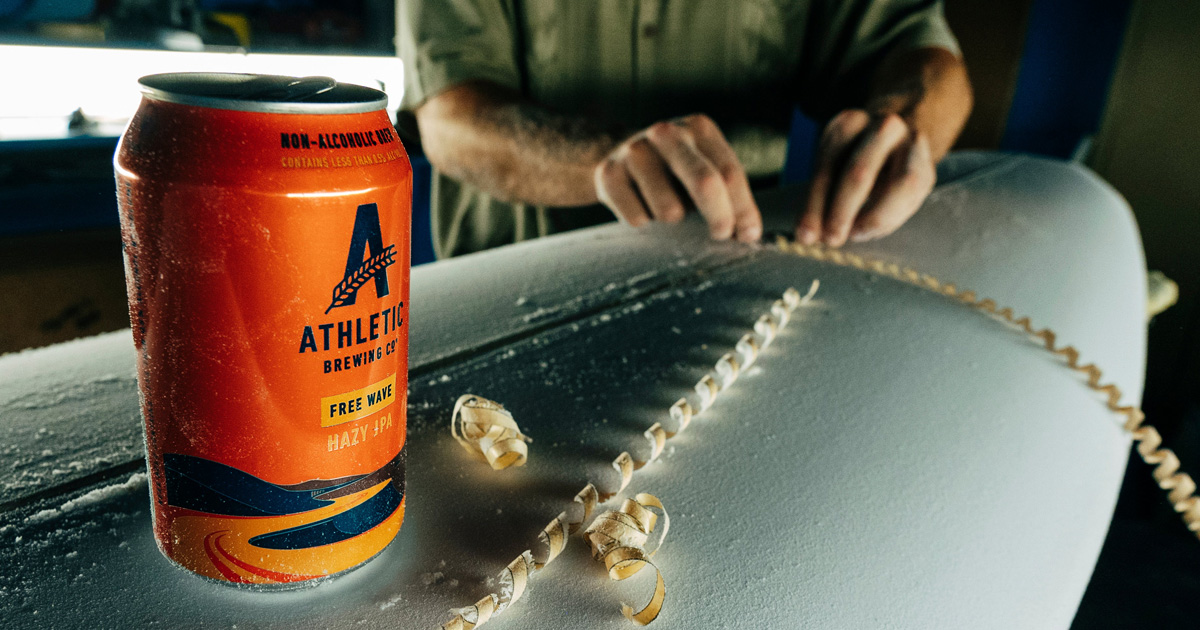

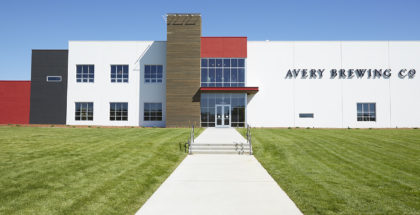
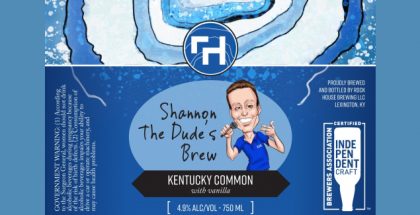

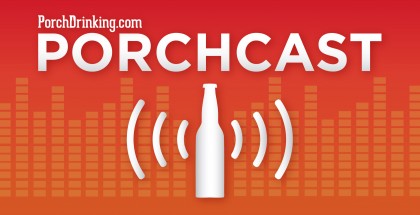
Submit a Comment